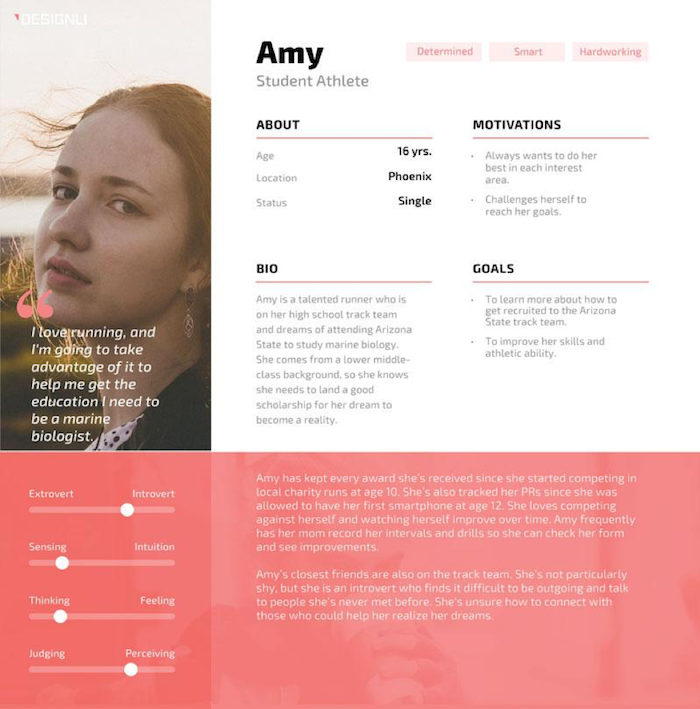Creating a customer persona
It will also help to inform the segmenting of your audience, how you target them and how you position your brand, product or service against your competitors.
Reach the people you need to reach on the right channels, with the right message, at the right time – personalise your marketing approach to enhance connections
Easily gain qualified leads and customers.
- Demographics: age, where they live, gender, race
- Socioeconomic status: how much money do they have?
- Work: what work do they do?
- Psychographics: values, desires, goals, interests, and lifestyle choices
- Pain points: how is your product or service helping?
- Barriers: what barriers are in the way of them purchasing?
- Motivations: what will motivate them to purchase?
- Channels: what channels do they use?
- Competitors: what other brands do they use for similar things and why? How are you different?
- Brands: what brands do they love and why?
Where do I get customer persona information from?
- Sector and business surveys
- Customer focus groups and interviews
- Customer data sources across channels
Postgraduate student customer persona examples
| Progressor from undergraduate study | Returner from a career or other commitments | |
| Demographics: age, where they live, gender, race | 21-24
Live within 100 miles of the university Male and female |
25 upwards
Live within 50 miles of the university Male and female |
| Socioeconomic status | Low | Medium-high |
| Work | No career | Has been or is in a career |
| Educational status | 2:1 undergraduate degree | 2:1 undergraduate degree |
| Psychographics | Enjoyed university, wants to specialise in their undergraduate subject to enhance their career prospects | Wants to progress or change their career; lacks confidence without specific qualifications; will be nervous about returning to university after time away |
| Pain points | Struggling to move into a desirable career; lacks money | Struggling to move into a desirable career |
| Motivations | Wants to move into a desirable career that pays well; wants to experience more student life; may need financial support to continue studies | Wants to move into a desirable career that pays well; may need financial support to continue studies; may need study support also; will need support during decision-making also as will lack understanding of system |
| Channels | Live chat
Social media Google Search Education events Website |
Live chat
Social media Google Search Website Education events |
| Competitors | Other universities and employers | Other universities and employers |
To discover more, check out Smart Insights. They provide evidence-based information and models to help businesses and professionals to thrive.
And if you want help to develop your customer persona, simply contact me today.

